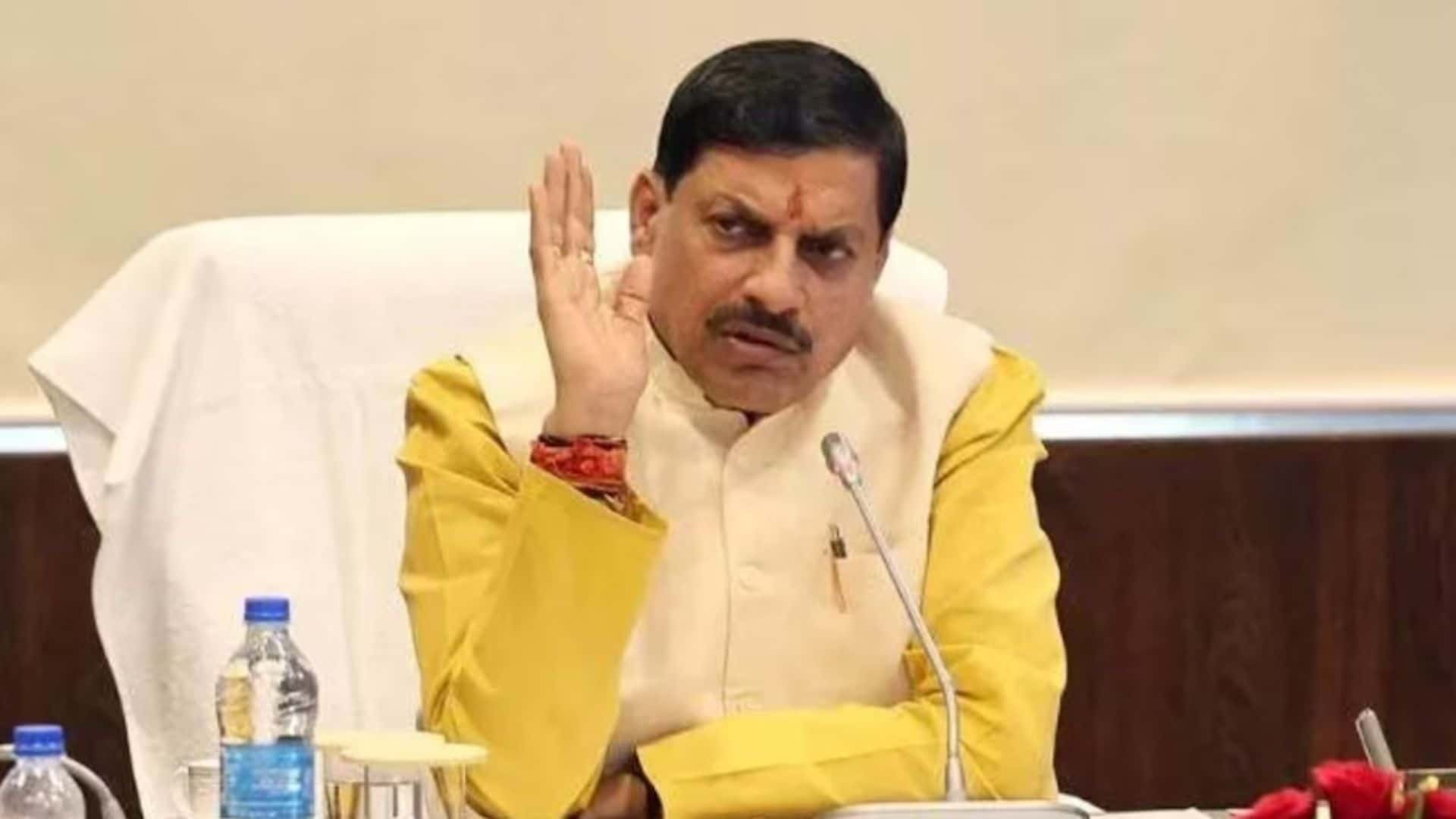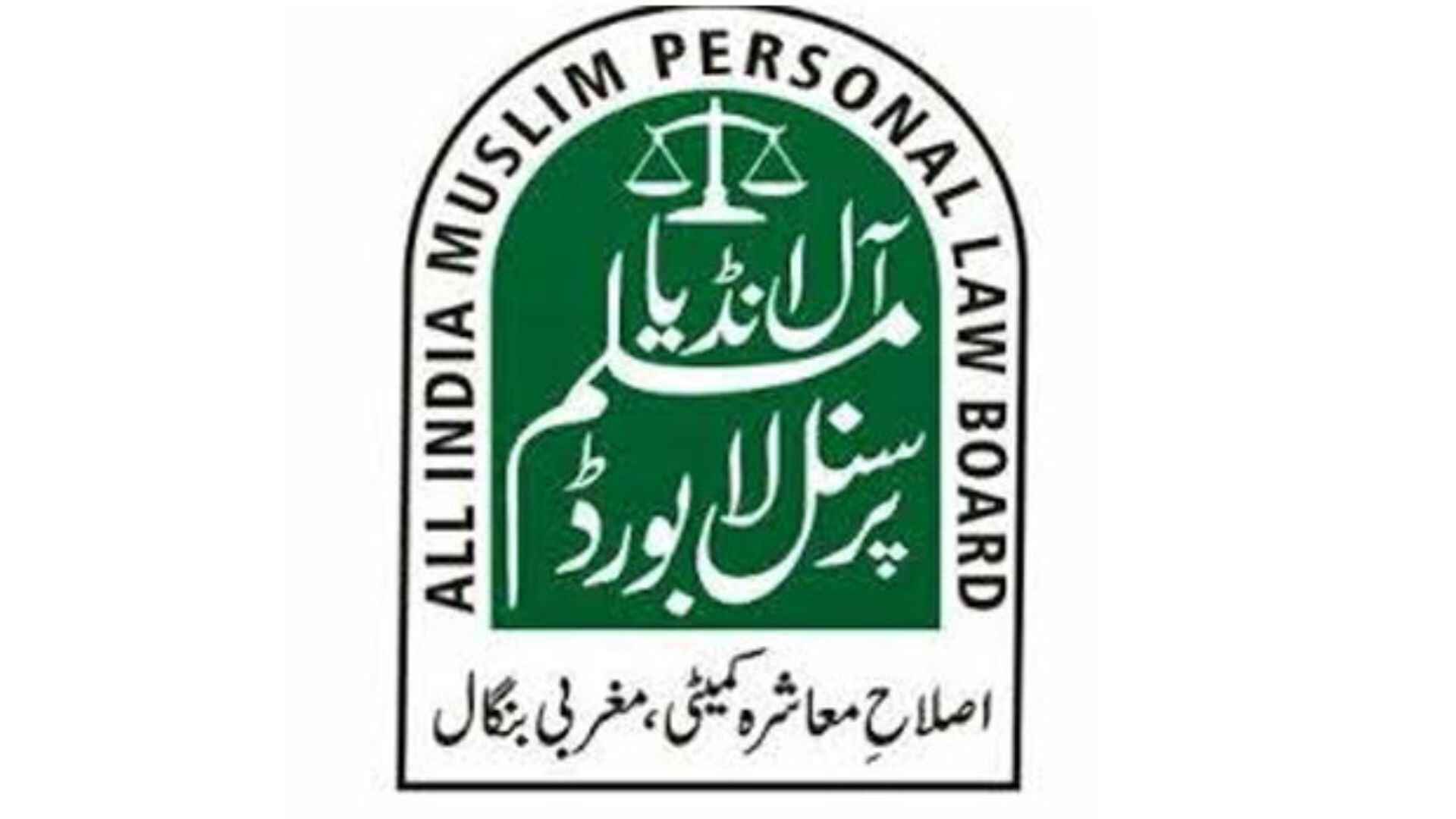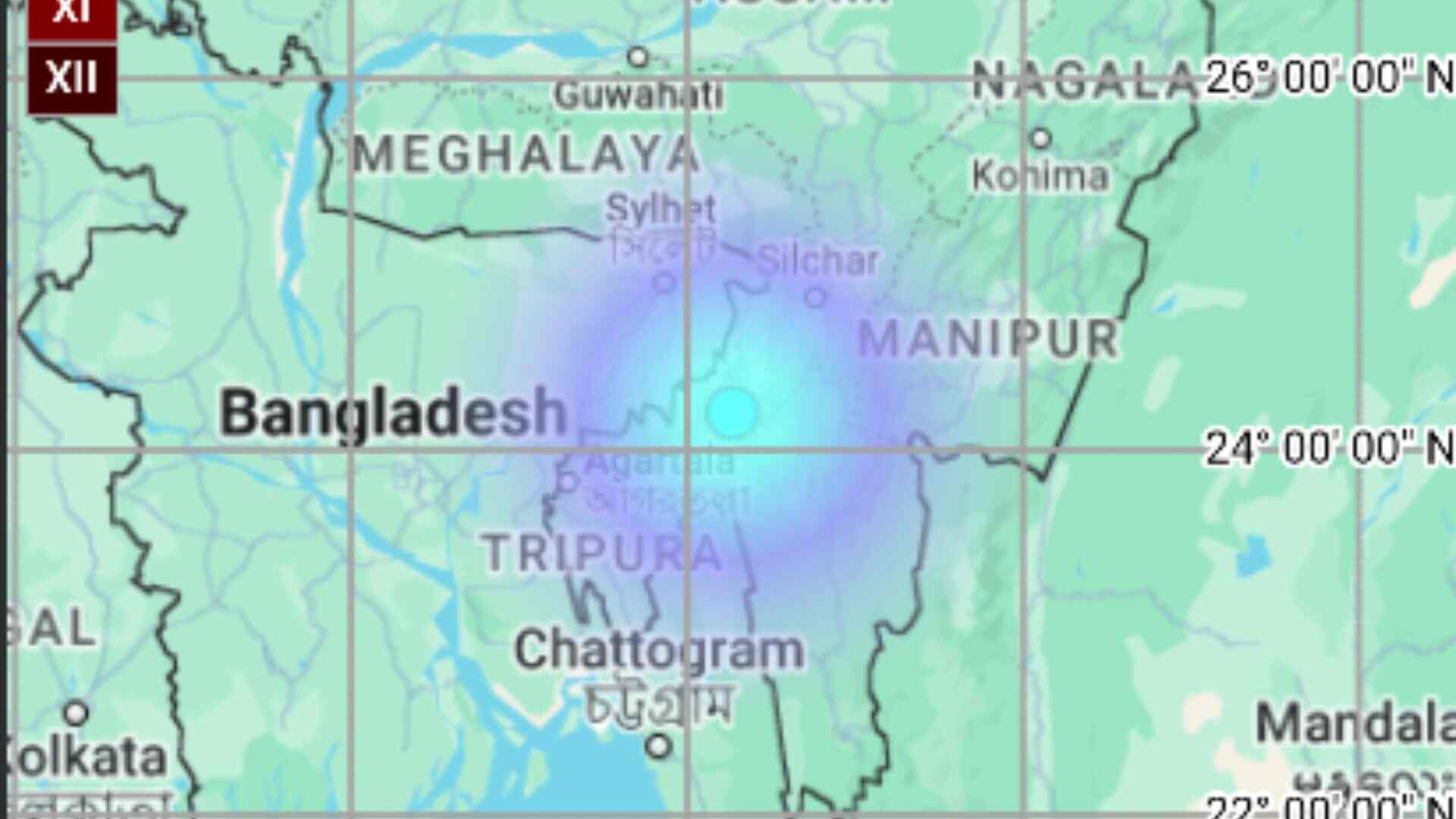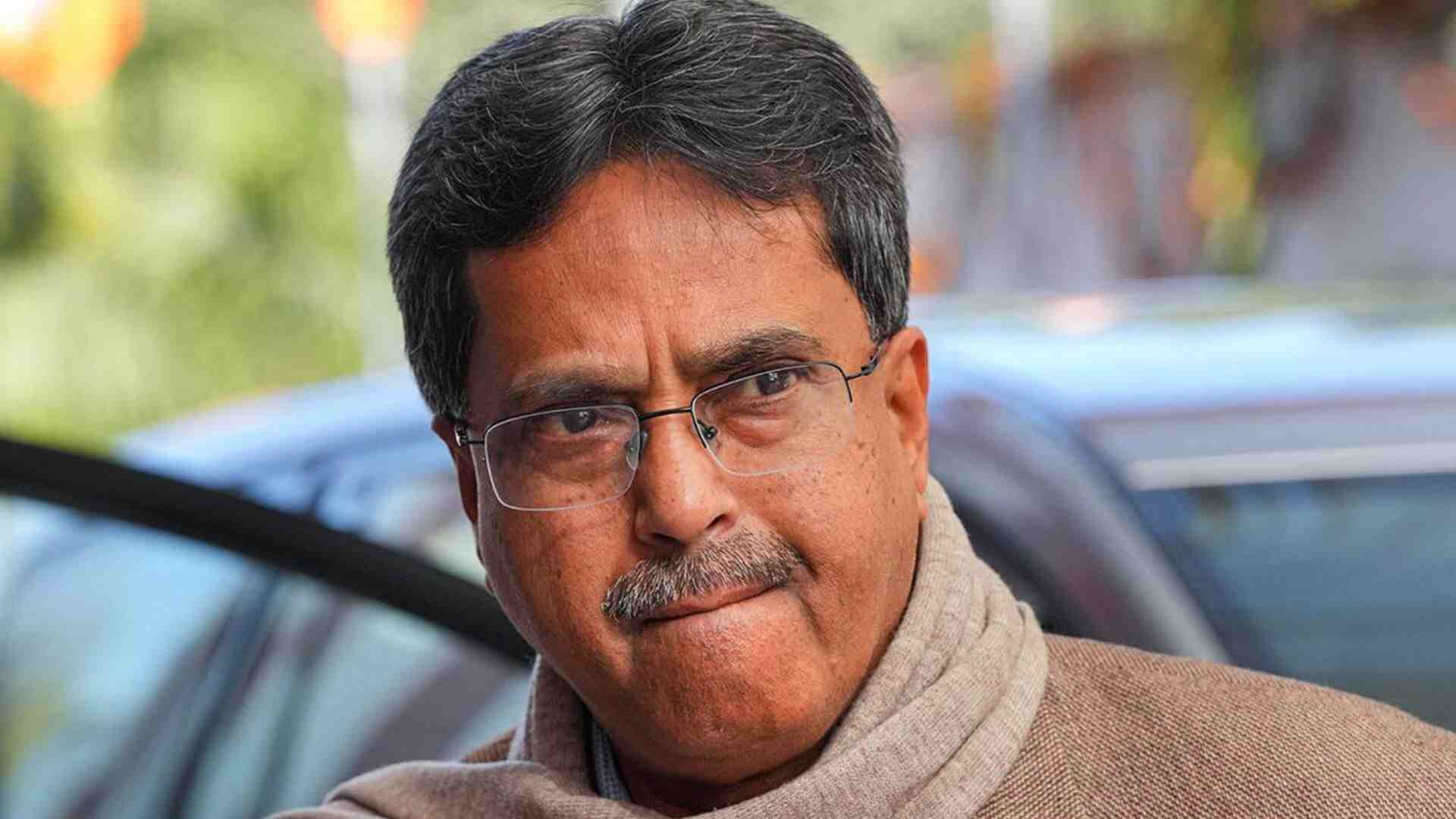
CONCEPT & MEANING OF PIL& MEANING OF PIL
The word “litigation” means legal action initiated in a Court of law with the purpose of enforcing right or seeking remedy. Therefore, the term “public interest litigation” means a legal action initiated in a Court of law for the enforcement of public interest in which the public or a class of the community have pecuniary interest or some interest by which their legal rights or liberties are affected. The term “Public Interest Litigation” (PIL) means the litigation which is beneficial to general public. It means action necessarily taken for public purpose.


ORIGIN & DEVELOPMENT OF PIL IN INDIA
The Public Interest Litigation (PIL) for the first time originated in USA in the 1960s. Lawyers and the people who were sensitive to the cause of the under-privileged groups in USA initiated this procedure. Public Interest Litigation is a new feature in India’s judicial system. In our country it came into being during the late 1970s and the 1980s. The seed of the Public Interest Litigation was initially sown in India by Justice Krishna Iyer in 1976 in Mumbai Kamgar Sabha v. Abdul Bhai. However, in that Judgement Justice Iyer did not use the terminology “Public Interest Litigation”. But in the celebrated case of Fertilizer Corporation Kamgar Union v. Union of India. The concept of Public Interest Litigation took its roots firmly in the Indian Legal System only after the period of post emergency. During the period of emergency in 1975 the rule of law suffered a partial eclipse and anyone who opposed the action of the government was susceptible to police action. This resulted in spate of petitioners in the Hon’ble High Courts and the Hon’ble Supreme Court under Articles 226 and 32 of the Constitution respectively in the form of Habeas Corpus. The Government of India argued that Article 21 of the Constitution guaranteeing right to life had been suspended for the duration of emergency. The Government of India wanted what is called a “Committed Judiciary” and accordingly Justice A.N. Ray was appointed as the Chief Justice of India by superseding three senior colleagues Justice Shelat, Justice Hegde and Justice Grover. The Apex Court lost its credibility when in A.D.M. Jabalpur v. Shrikant Shukla, popularly known as Habeas Corpus Case, totally abandoned its responsibility towards the protection of individual liberty.
EVOLUTION OF PUBLIC INTEREST LITIGATION AND NECESSITY OF INFORMAL JUSTICE
The Indian PIL is the improved version of PIL of U.S.A. According to “Ford Foundation” of U.S.A., “Public interest law is the name that has recently been given to efforts that provide
Public Interest Litigation: A Tool for Providing Ends of Justice
PROCEDURES TO FILE A PIL IN THE COURT
Any citizen of India can approach the court for public case (upon the interest of public) by filing a petition: • Under Supreme Court Article 32 of the constitution • Under High Court under Article 226 of the constitution • Under Court of Magistrate under Section 133 CRPC
At present, a court can treat a letter as a writ petition and take action upon it. In such cases, the court has to be satisfied that the writ petition compiles the following; 1. Where the letter is addressed by the aggrieved person 2. A public-spirited individual 3. A social action group for the enforcement of legal or constitutional rights to any person who, upon poverty or disability, are not able to approach the court for redress.
CASES ON PRISONS AND UNDER TRIAL PRISONERS
The first reported case of PIL in 1979 focused on the inhuman conditions of prisons and under trial prisoners. In Hussainara Khatoon v. State of Bihar, the PIL was filed by an advocate on the basis of the news item published in the Indian Express, highlighting the plight of thousands of undertrial prisoners languishing in various jails in Bihar. These proceeding led to the release of more than 40,000 undertrial prisoners. Right to speedy justice emerged as a basic fundamental right which had been denied to these prisoners. The same set pattern was adopted in subsequent cases.
• In 1981 the case of Anil Yadav v. State of Bihar, exposed the brutalities of the Police. Newspaper report revealed that about 33 suspected criminals were blinded by the police in Bihar by putting the acid into their eyes. Through interim orders S.C. directed the State government to bring the blinded men to Delhi for medical treatment. It also ordered speedy prosecution of the guilty policemen. The court also read right to free legal aid as a fundamental right of every accused. Anil Yadav signaled the growth of social activism and investigative litigation.
• In Citizen for Democracy v. State of Assam, the S.C. declared that the handcuffs and other fetters shall not be forced upon a prisoner while lodged in jail or while in transport or transit from one jail to another or to the court or back.
ROLE OF PIL IN PROTECTING ENVIRONMENT
M.C. Mehta, a lawyer by profession, has also contributed and acted in such way that by looking to the number of PIL filed by him, it will be clear that many landmark judgements in various fields mainly environment was obtained by him. Some of them include; 1. Oleum gas leakage case 2. Child labour case 3. Gamma rays case 4. Delhi vehicular pollution case 5. Ganga pollution case
• One PIL was also filled by the Author (Sudeep Chandra) In the Hon’ble Patna High court regarding COVID Affected Dead Bodies Found At The Shore Of River Ganges and many more cases are still there.
ABUSE OF PIL: GUIDELINES
In Judges Transfer Case, while expanding the scope of the locus standi rules his lordship Bhagwati J. expressed a note of caution also. He observed
“But we must be careful to see that the member of the public, who approaches the court in case of this kind, is acting bona fide and not for personal gain or private profit or political motivation or other oblique consideration. The court must not allow its process to be abused by politicians and others…….”
This observation makes it clear that His Lordship was aware that this liberal rule of locus standi might be misused by vested interests. He, therefore, made it clear that in that case, the court will not allow the remedy to be abused.
In Simranjit Singh Mann v. Union of India, The court held that the petitioners had no ‘locus standi’ to file petition being a total stranger to the prosecution and more than that they were not even authorized by the convicts. In Guruvayur Devasawom Managing Committee v. C.K. Ranjan, The Supreme Court held that public interest litigation cannot be used in solving disputes of private nature. Public Interest Litigation was evolved with a view to render justice to the poor, deprived, the illiterate and downtrodden that have either no access to justice or had been denied justice. It can’t be used for removing corruption in the temple.
ADVANTAGES OF PIL
The preamble to our constitution and Article 38 emphasizes social, economic and political justice. However, under the present judicial procedure, which is costly and complicated, poor and, ignorant people cannot get justice. PIL has done a praiseworthy job in helping this segment of the population to get their due. Because of their ignorance, people cannot get the advantages that the law provides for them. Public Interest Litigation has raised their problems in courts.
It helped to active the administration by building pressure through media and litigation in courts. The courts have also been sympathetic in such cases and did away with the technical procedures. In many cases, even a letter was treated as the petition.
CONCEPT AND DEVELOPMENT OF PUBLIC INTEREST LITIGATION IN INDIA: A JUDICIAL PERSPECTIVE
According to the Article 32 of the Constitution of India, “The right to move the Supreme Court by appropriate proceedings for the enforcement of the rights conferred by this part is guaranteed”. Ordinarily, only the aggrieved party has the right to seek redress under Article 32.
Litigation will alone have a locus standi and can approach the court to wipe out violation of fundamental rights and genuine infraction of statutory provisions, but not for personal gain or private profit or political motive or any oblique consideration.
Supreme Court in Indian Banks’ Association, Bombay v. Devkala Consultancy Service, J.T, held that “In an appropriate case, where the petitioner might have moved a court in her private interest and for redressal of the personal grievance, the court in furtherance of Public Interest may treat it a necessity to enquire into the state of affairs of the subject of litigation in the interest of justice. Thus a private interest case can also be treated as public interest case”.
MAJOR AREAS WHERE SUPREME COURT HAS USED PIL AS A TOOL FOR PROVIDING ENDS OF JUSTICE TO PUBLIC AT LARGE
PUBLIC INTEREST LITIGATION is not defined in any statute or in any act. It has been interpreted by judges to consider the intent of public at large. Although, the main and only focus of such litigation is only “Public Interest” there are various areas where a PIL can be filed. For example:
• Violation of basic human rights of the poor
• Air or water Pollution
• Implementation of a Law
• Content or conduct of government policy
• Compel municipal authorities to perform a public duty.
• Violation of religious rights or other basic fundamental rights.
CONCLUSION
There is also a need to keep a watch on the abuse of process by litigants so as to avoid a situation where such cases occupy a disproportionate extent of the Courts’ working time. Justice S.P. Barucha has expressed the need for caution in the following words:
“This court must refrain from passing orders that cannot be enforced, whatever the fundamental right may be and however good the cause. It serves no purpose to issue some high profile mandamus or declaration that can remain only on paper. It is counter productive to have people say ‘The Supreme Court has not been able to do anything’ or worse. It is of cardinal importance to the confidence that people have in the Court that its orders are implicitly and promptly obeyed and is, therefore, of cardinal importance that orders that are incapable of obedience and enforcement are not made.”
Supreme Court in Indian Banks’ Association, Bombay v. Devkala Consultancy Service, J.T, held that “In an appropriate case, where the petitioner might have moved a court in her private interest and for redressal of the personal grievance, the court in furtherance of Public Interest may treat it a necessity to enquire into the state of affairs of the subject of litigation in the interest of justice. Thus a private interest case can also be treated as public interest case”.














